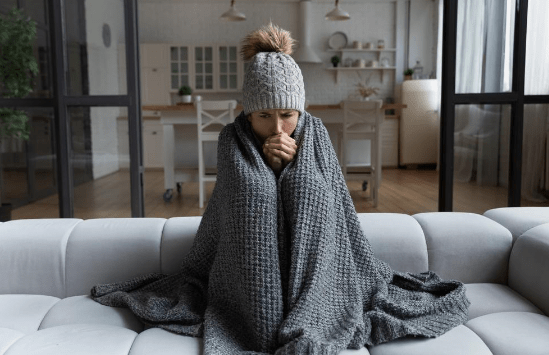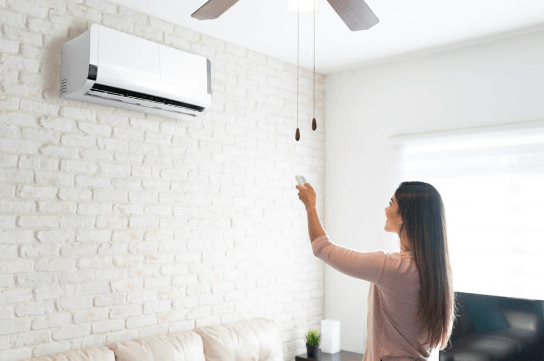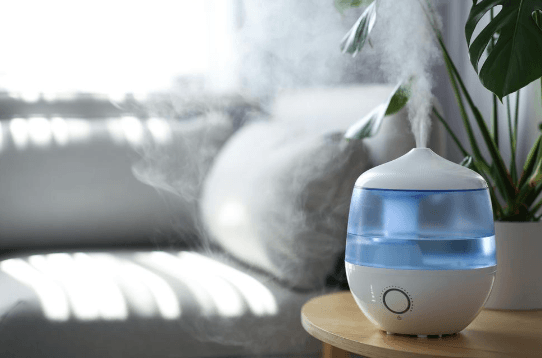Maintaining a warm and comfortable environment inside your home during cold months is essential for your comfort and well-being. Unfortunately, many homeowners face challenges in keeping their homes adequately heated. Understanding the common reasons for a cold house and implementing effective heating strategies, from installing a single zone mini split to adding weatherstripping, can make a big difference to the atmosphere inside your home.
Common Reasons for a Cold House
Ensuring a warm home involves more than just setting the thermostat to a comfortable temperature. Several underlying factors may be preventing your house from retaining heat effectively, including:
-
Poor Insulation
Insulation acts as a barrier, preventing cold air from seeping into the house and warm air from escaping. When insulation is inadequate or deteriorating, it can lead to heat loss. Properly insulating walls, floors, ceilings, and attics is critical for maintaining optimal indoor temperatures.
-
Drafty Windows and Doors
Gaps and cracks in windows and doors are primary entry points for cold air. Even small gaps can result in a drop in room temperature. Sealing these gaps and ensuring tight closures can help prevent unwanted drafts.
-
Inefficient Heating System
The efficiency of a heating system diminishes over time, especially if it isn’t well-maintained. Older systems or those in disrepair can struggle to generate and distribute heat evenly across the house. Regular maintenance and timely replacements are essential to ensure heating efficiency.
-
Thermostat Issues
Incorrect thermostat settings or malfunctions can cause inconsistent heating. Ensuring the thermostat is calibrated correctly and checking for malfunctions can help maintain a pleasant indoor temperature.
-
Unsealed Fireplaces
An open chimney or fireplace, when not in use, can act as a vent for warm air to escape and cold air to enter. Ensuring fireplaces are sealed properly when not in use can reduce drafts.
-
Lack of Sunlight
Rooms that lack adequate sunlight due to obstructions or design can often feel colder. Using sunlight by opening blinds and curtains, when available, can contribute to natural, energy-efficient heating.
Essential Heating Tips
To create a warm, cozy space this winter, you need to implement strategies to seal your home and generate heat. Some simple ways to improve your home comfort include:
-
Upgrade Your HVAC
One essential upgrade that can be beneficial for your home is integrating a mini-split HVAC system. This modern heating technology lets you warm specific areas of your home without wasting electricity (or money) on heating spaces you don’t use often. This not only improves your comfort but also offers significant energy savings. You can enjoy even more savings by installing a MRCOOL DIY mini split. These units come pre-loaded with refrigerant, so all you need to do is mount the indoor and outdoor units, connect them, and plug them in.
-
Add Weatherstripping
Weatherstripping provides a simple yet effective solution to seal gaps in windows and doors and prevent drafts for a consistent indoor temperature. Installation is quick and easy. Choose between foam, rubber or felt weatherstripping tape; clean the doors and windows and tighten the hinges. Then, apply the tape and adhesive side down to the door or window jambs. For smaller gaps and cracks around the frames use a clear or colored caulk that matches your wall shade.
-
Install a Smart Thermostat
Smart thermostats allow you to automate heating schedules, adapting to your routine and preferences. These devices integrate seamlessly with your HVAC system and can learn over time, ensuring optimal heating while maximizing energy efficiency.
You can also manually set them to switch on and off at times when you need it. For example, you can lower your thermostat while you are away at work and set it to the optimal temperature around 30 minutes before you return home. Or, program it to operate at a lower temperature overnight while the household sleeps. For every degree you lower your thermostat, you can save 1% on your energy bill.
-
Use Curtains and Blinds
Curtains and blinds, especially those made of insulating materials, can act as additional barriers against cold. Drawing them during the coldest parts of the day can help retain warmth and block out cold air.
-
Reverse Your Ceiling Fans
Most people associate ceiling fans with cooling. However, brands like Big Ass Fans have models that run in reverse during winter. This helps recirculate warm air trapped near the ceiling, ensuring an even heat distribution.
-
Improve Your Home’s Insulation
Upgrading or enhancing your home’s insulation can impact its ability to retain heat. Different insulation materials, such as fiberglass, foam, or cellulose, offer varying benefits and can be chosen based on specific needs.
For a fast, simple way to improve your insulation, consider blown cellulose; it requires minimal demolition and reconstruction, and you can do it yourself. It’s also cost-effective and has a higher R-value (a measure of thermal efficiency) than materials like fiberglass.
-
Replace Old Windows
Double or triple-glazed windows are not just about aesthetics. Because they have an air gap that minimizes heat transfer, they offer superior insulation compared to single-pane windows, preventing heat loss and ensuring a warmer interior.
-
Landscaping
Strategic landscaping, like planting trees or shrubs, can be a natural windbreaker. Generally, a windbreak can protect an area up to 10 times the height of the tallest trees or shrubs. These barriers minimize the chilling effects of winds, helping homes stay warmer. They can also reduce the load on your HVAC system, helping you save up to 25% on your energy bills in the winter.
-
Invest in a Humidifier
Dry air tends to make spaces feel cooler, while a moderate humidity level can enhance the feeling of warmth. During winter, the air, both inside and outside, tends to be drier. Using a humidifier can help maintain optimal humidity levels, making the ambient temperature feel warmer than it is. You can also invest in a hygrometer, a device that measures the amount of moisture in the air. This can help you monitor and adjust humidity levels to maintain comfort.
Keep Your Home Cozy This Winter
As winter’s chill sets in, ensuring your home remains warm becomes a priority. Addressing the factors contributing to a cold interior and proactively implementing heating strategies can create a cozy home that offers maximum comfort.



